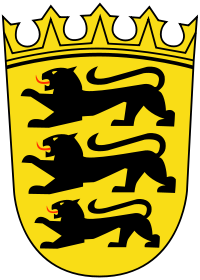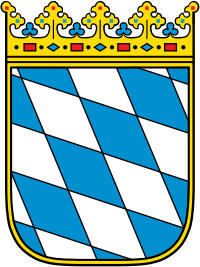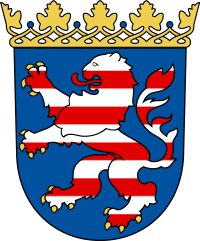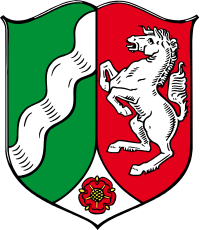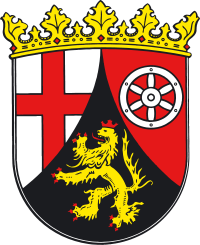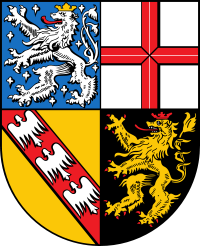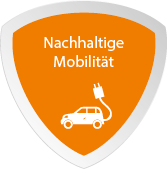Die nachfolgenden Inhalte stammen aus dem Kooperationsprogramm "INTERREG NORTH-WEST EUROPE" (genehmigt am: 18.05.2015).
Kurzbeschreibung
Development, demonstration and testing of multimodal low-carbon transport-solution with respect to the connection between transport operators and with the aim of large scale infrastructure connection and behavioural change.
Förderziel
To facilitate the implementation of transnational low-carbon solutions in transport systems to reduce greenhouse gas emissions.
Fördergegenstände
Demonstrations-, Modell- und Pilotvorhaben, Produktentwicklung, Markteinführung, Sachinvestitionen in Umweltschutzmaßnahmen, Strategieentwicklung, Konzept-, Teilkonzepterstellung, Vernetzung, Kooperation, Wissenstransfer
Zuwendungsempfänger
The main beneficiaries are:
- Governmental organisations (local, regional, national and international).
- Civil society stakeholders (for example, third sector organisations such as NGOs and non profit organisations).
- Education and knowledge institutions, including private or semi-public research organisations.
- Intermediate bodies, for example chambers of commerce, development agencies, cluster organisations, technology transfer offices.
- Enterprises in the transport sector.
Förderfähige Gebietskulisse
Die förderfähige Gebietskulisse in Deutschland umfasst: Saarland, Rheinland-Pfalz, Nordrhein-Westfalen, Hessen, Baden-Württemberg, Bayern (nur Oberfranken, Mittelfranken, Unterfranken, Schwaben).
Kooperationsmöglichkeiten bestehen mit folgenden Staaten: Frankreich, Luxembourg, Belgien, Niederlande, Vereinigtes Königreich, Irland, Schweiz.
Achtung: Bitte prüfen Sie im Kooperationsprogramm (KP, CP) welche Teilräume der Staaten förderfähig sind.
Art der Unterstützung
Non-repayable grant
Beschreibung
Actions are assigned to Programme-Part "Low Carbon - To facilitate the implementation of transnational low-carbon solutions in transport systems in order to reduce GHG-emissions in North-West Europe".
Actions may include collaboration on:
- Developing pilot or demonstration actions to bring in-reach technologies or emerging solutions for low carbon transportation (e.g. new forms of propulsion systems) closer to public use in NWE transport systems or networks.
- Testing and demonstrating low carbon transport solutions in real life conditions, such as low carbon or zero-carbon rolling stock, vehicles using alternative fuels, increasing levels of e-mobility, in NWE transport systems or networks.
- Engaging with different kinds of transport operators and their supply chains across the NWE area to affect large-scale behavioural change with respect to the use of low carbon transportation and the implementation of different low carbon solutions.
Actions lead to the uptake of transnational low carbon solutions (technologies, systems, processes, services) within existing transportation systems, demonstrating reductions in GHG emissions.
Hinweis: Weitere förderrelevante Informationen zur Maßnahme finden Sie im Cooperation Programme, S. 42-44.
Zielgruppe
- Enterprises in the transport sector (such as service companies, logistic operators).
- Public transport organisations.
- Households/inhabitants.
- Governmental organisations (local, regional, national and international) with strategic or regulatory powers for transport.
Zentrale Zuwendungsvoraussetzungen
Wichtige weitere Informationen zu Zuwendungsvoraussetzungen, wie z. B. die Mindestanzahl an Projektpartnern, finden Sie in den zugehörigen Unterlagen.
Auswahlverfahren
Das Auswahlverfahren umfassen jeweils eine Prüfung der formalen Eignungsvoraussetzungen, dem "eligibility check", (S. 32-33 und 41-43 des Programmhandbuchs) und, bei Feststellung der Eignung, einem Assessment der Qualität des Projektes (S. 33 und 45), welches die strategische Passung zum Programm sowie die Güte des Projektes bewertet. Hinzu kommen ggf. maßnahmenspezifische Auswahlkriterien. Die endgültige Entscheidung wird durch das Monitoring Committee getroffen.
Projektauswahlkriterien
Actions carried out to fulfill this specific objective are selected on the basis of five key principles:
- Transnational additionality: Projects should clearly focus on delivering joint transnational actions and must demonstrate the additionality of the transnational approach compared to regional, national, interregional or cross-border approaches. This SO therefore targets transnational components of the NWE transport systems, such as corridors or transport flows (of goods/people) across the NWE territory.
- Innovation: Projects should meet the criteria of innovation as described in section 1. Innovation should lead to limited volume of GHG emissions.
- External coherence: Projects building on the results of other European programmes (such as the Connecting Europe Facility) are welcome. Transnational cooperation should refer to activities under these programmes, provide an explanation of synergies with them and must ensure there is no duplication of existing or previous projects carried out under other EU programmes.
- Cross-sectoral relevance: Partnerships must involve a diversified mix of innovation stakeholders active in the transport sector (for example enterprises, researchers, education institutions, training organisations, policy-makers, private investors).
- Result-based approach: Projects should be geared towards the demonstration, testing and implementation of new transport and transport management solutions that lead to lower GHG emissions than existing transport systems. Projects focusing on purely academic cooperation or basic research are not eligible.
Laufzeit
Start der Maßnahme: 01.01.2014
Ende der Maßnahme: 31.12.2023

